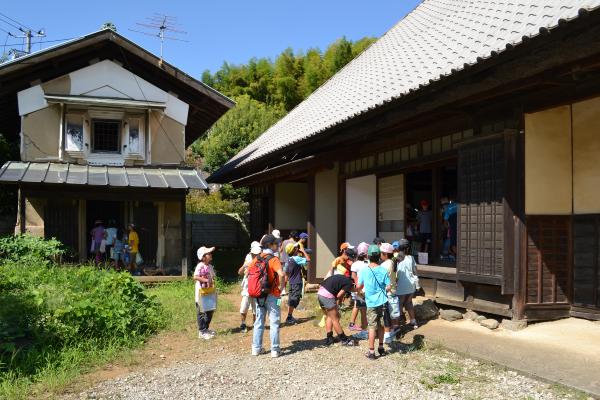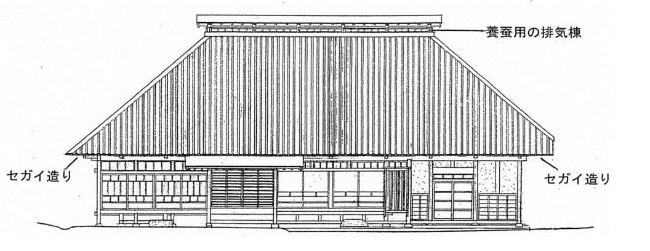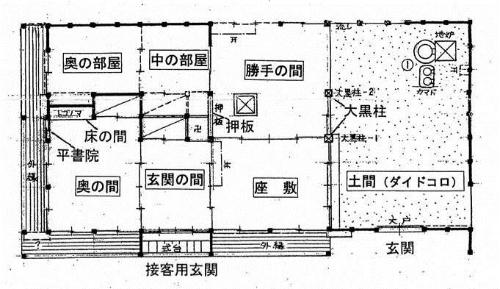Last updated: November 29, 2024

Twice a month, the main building (omoya) and storehouse (dozo) of the old folk house are opened to the public.
The facility will be open to the public on Wednesday, December 11, 2024 from 9:30 a.m. to 11:30 a.m. and Wednesday, December 25, 2024 from 9:30 a.m. to 11:30 a.m.
2-45-19 Hirao, Inagi City
From Keio Sagamihara Line "Inagi Station" to "Shin-Yurigaoka Station" get off at "Hirao" and walk 5 minutes Odakyu Line "Shin-Yurigaoka Station" to "Inagi Station" get off at "Hirao" and walk 5 minutes
Note: There is no parking lot, so please refrain from coming by car.

This old folk house was built in the late Edo period as a residence for the Nanushi of Hirao Village.
Built in 1843. A one-story wooden building with a hipped roof and thatched roof. Approximately 38 tsubo (approx. 125 square meters) (9 rooms x 5 rooms). You can see the structure that indicates the formality of the head of the household (Nanushi).
There is an entrance for customer service on the left side of the front of the house. Since it was the home of a Nanushi (head of a village), a reception entrance was built to welcome the officials of the shogunate. In the case of farmhouses, the structure of the entrance is formal, with a ceremonial stand (shikidai) and mairado (ceremonial stand) that are allowed only to the head of the household (nanushi). The general entrance is on the right side, and there are two entrances.
If you look under the eaves, you can see the Segai-zukuri structure. The eaves (nokishita) are taller and deeper than those of a typical private house, and a wooden ceiling is built in this area. The structure of the eaves of a typical farmhouse is that the thatch wood under the eaves is placed on top of the rafters. You can see it directly. The wooden structure of Segai indicates the status of the Nanushi (head of the village).
The inner room was used as a guest room. This room has a tokonoma and a hirashoin. The toko no ma (ma) is 1 shaku (shaku) and 5 sun (sun) deep, with a closet on the side. Hira Shoin only has shoji (shoji) for lighting, but no shelves. Although both have simple structures, you can see the structure that indicates the formality of the head of the household (nanushi).
Built in 1893 (Meiji 26), it is a two-story earthen storehouse-style building.


Inagi City Local Materials Room Phone: 042-331-0660